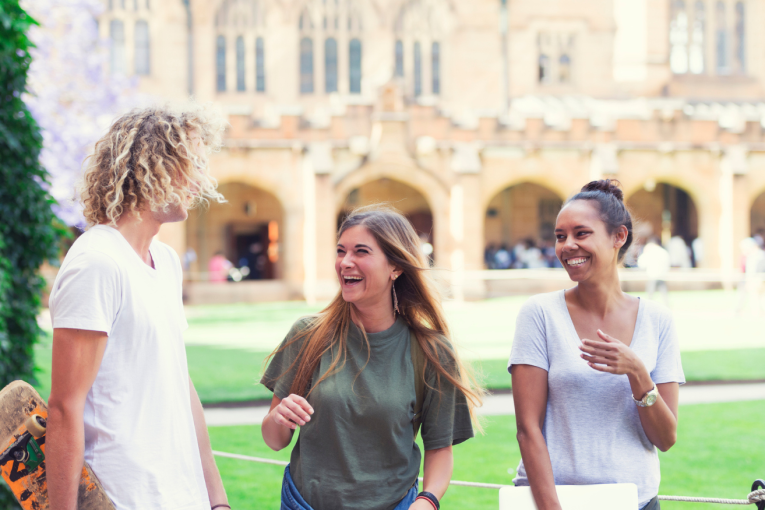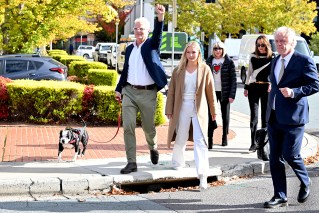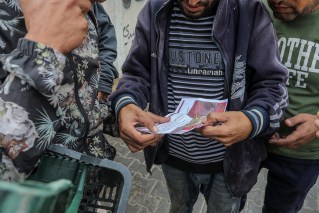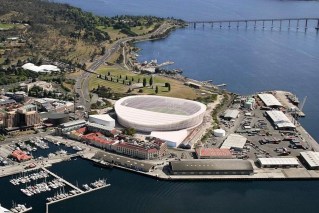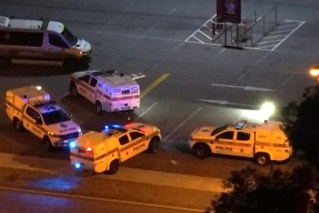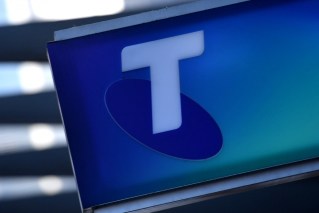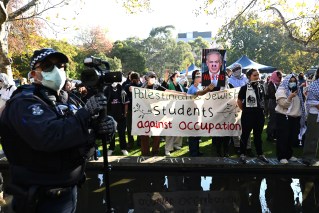The 3 per cent who could derail the reopening, and decide the next election

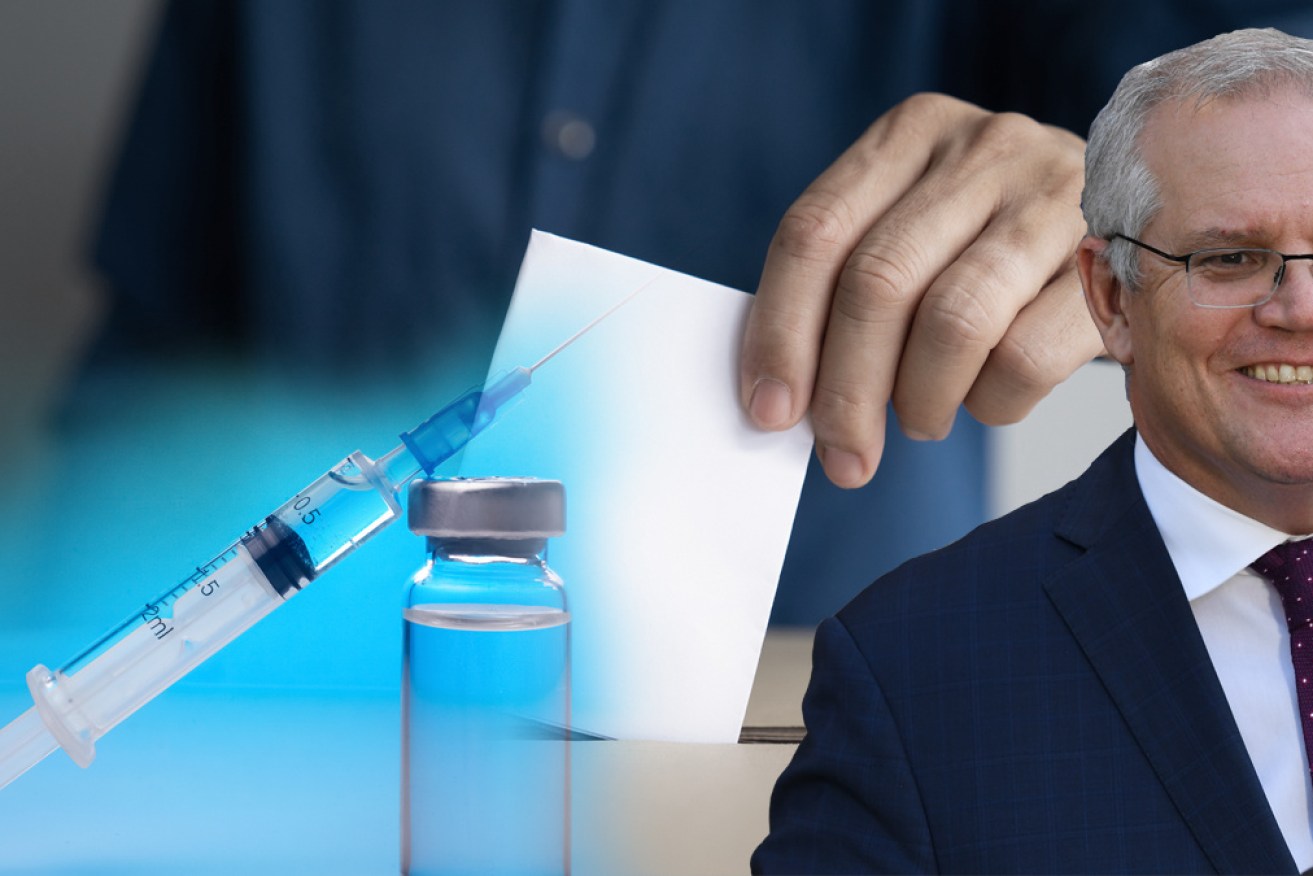
Scott Morrison will be laughing all the way to the polls if his plan comes through. Photo: Getty/TND
Scott Morrison is confident Australia will reach the 80 per cent vaccination rate needed to widely reopen the nation – just in time for the election.
However, federal leaders are split on how and when to best encourage a small number of later-vaxxers to roll up their sleeves.
Indeed, as little as 3 per cent of the nation’s adults could hold the nation back from reaching the goal, with concerns the vaccination drive may just fall short.
A rising level of attention is being paid to vaccine hesitancy, and how to combat it with incentives, as pieces of data around immunisation rates and attitudes keep stacking up to show Mr Morrison’s reopening plan might be a tough sell.
A Melbourne Institute survey found nearly 31 per cent of Queenslanders were vaccine hesitant, compared to 21.5 per cent nationwide.
Those numbers are on the way down, a significant drop from the last survey.
But that also tracks closely with confidence and intention research reportedly conducted by the federal government, which – according to the Australian Financial Review this week – found vaccination rates may stall at 77 per cent.

Scott Morrison outlined the vaccine plan to exit the pandemic. Photo: AAP
The AFR reported a source saying the 70 per cent goal would be reached “easily”, but the government would have to “work hard” to beat that.
The Prime Minister’s office wouldn’t confirm or deny the 77 per cent number when contacted by The New Daily this week.
But the report does highlight the fact the federal government, while focusing on the positives to get people vaccinated, has not outlined what will happen if the nation doesn’t hit the 80 per cent mark.
Even the government’s modelling, from Operation COVID Shield, notes only “potentially” will 70 per cent be achieved by November, and 80 by December.
Other data shared by the government this week showed great disparity for vaccine take up across the nation.
The same day that data was released, Labor leader Anthony Albanese turned the torch on the government by proposing $300 payments for Australians who get vaccinated.
If hesitancy or complacency was behind the nation’s vaccine rates not being higher, Mr Albanese said, why not provide more encouragement?
Incentivise, incentivise, incentivise
Vaccine incentives have been a fraught topic for months, but one of high interest.
Questions have been regular to ministers and chief medical officers at press conferences, with the perpetual answer being they may be offered later in the rollout, to help shift the stubbornly hesitant.

Vaccination rates need to keep rising to reach exit goals. Photo: AAP
Instead, the government wants to send positive messages about vaccination, encouraging people on the grounds of health and collective responsibility.
“Those 80 per cent of older Australians who’ve turned up and rolled up their sleeves – they didn’t need the cash,” Mr Morrison said in Parliament this week.
“They just needed to know that it was good for them, it was good for their family, it was good for their community and it was good for their country.”
Mr Morrison called Mr Albanese’s $300 plan “a vote of no confidence and an insult to Australians, suggesting they won’t get vaccinated unless you dole out the cash”.
Other research shared by the PM’s office this week, from the government’s Behavioural Economics Team (BETA), claimed “financial incentives or lotteries unlikely to drive uptake” of vaccines.
Pointing to evidence from overseas, like in France and California, BETA reported personal freedoms – rather than money – might be a better driver of vaccinations.
The government’s vaccine rollout co-ordinator, Lieutenant-General John Frewen, said he was looking at “all sorts of possible alternatives”.
“There’s cash. There’s the ideas of lotteries, all of these things have been discussed,” General Frewen said in Canberra on Wednesday.
“But what is resonating with people right now really is being able to get back to the sort of lifestyle we used to enjoy; international travel, not having to do quarantine, not having to go into lockdowns.”
General Frewen admitted incentives could be needed “maybe later in the year” for “the more hesitant group”.
Mr Albanese, meanwhile, is confident he’s on to a winner, and is hoping for a popularity bump after the announcement and a massive publicity blitz of dozens of radio and TV stations all week.
We’re all in this together
The main game here is getting vaccine rates as high as possible, to hit benchmarks set for reopening.
Everyone wants an end to lockdowns, safety from the virus, and a return to normal – or at least COVID-normal – life.
But the political implications for this timetable, and the risks in not hitting targets, are impossible to ignore.
Labor jettisoned several of its more controversial or spiky policy problems in recent weeks, to focus almost single-mindedly on hammering the government over vaccinations, lockdowns and quarantine.
It’s possible to see an election campaign, due by May 2022, where Labor talks about nearly nothing but the pandemic.
With the government cautiously raising hopes of an 80 per cent goal and relaxation of restrictions by Christmas, it would be another body blow to the Coalition if that rate was not achieved, after getting blasted for missing earlier goals.
Which is where that 3 per cent comes back in.
The government has time on its side.
A poll isn’t required until May.
Australia is currently at 20.8 per cent of the population fully vaccinated, having delivered 13.03 million doses. On current numbers, 33 million doses would see 80 per cent of the population fully vaccinated.
That means 20 million to go. At a rate of 140,000 jabs a day, each and every day until December 25, that 80 per cent could be reached.
It’s a feasible goal, with vaccinations regularly above 200,000 on weekdays.
It’s difficult to see the Morrison government calling an election until that 80 per cent number is well in sight.
Indeed, it’s easy to imagine a scenario where the government calls an election around the 70 per cent mark, knowing the 80 mark would tick over during the five-week campaign cycle, and basking in the electoral glory all the way to the ballot box.
But if those last few people won’t budge, if the government remains a stubborn three per cent away from the goal of reopening? That changes the game.
